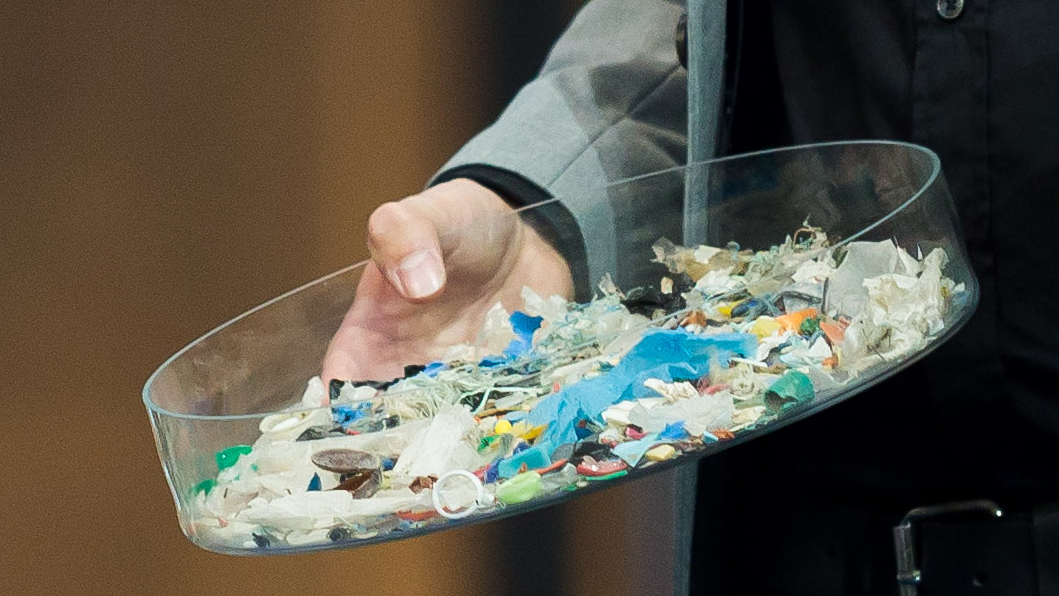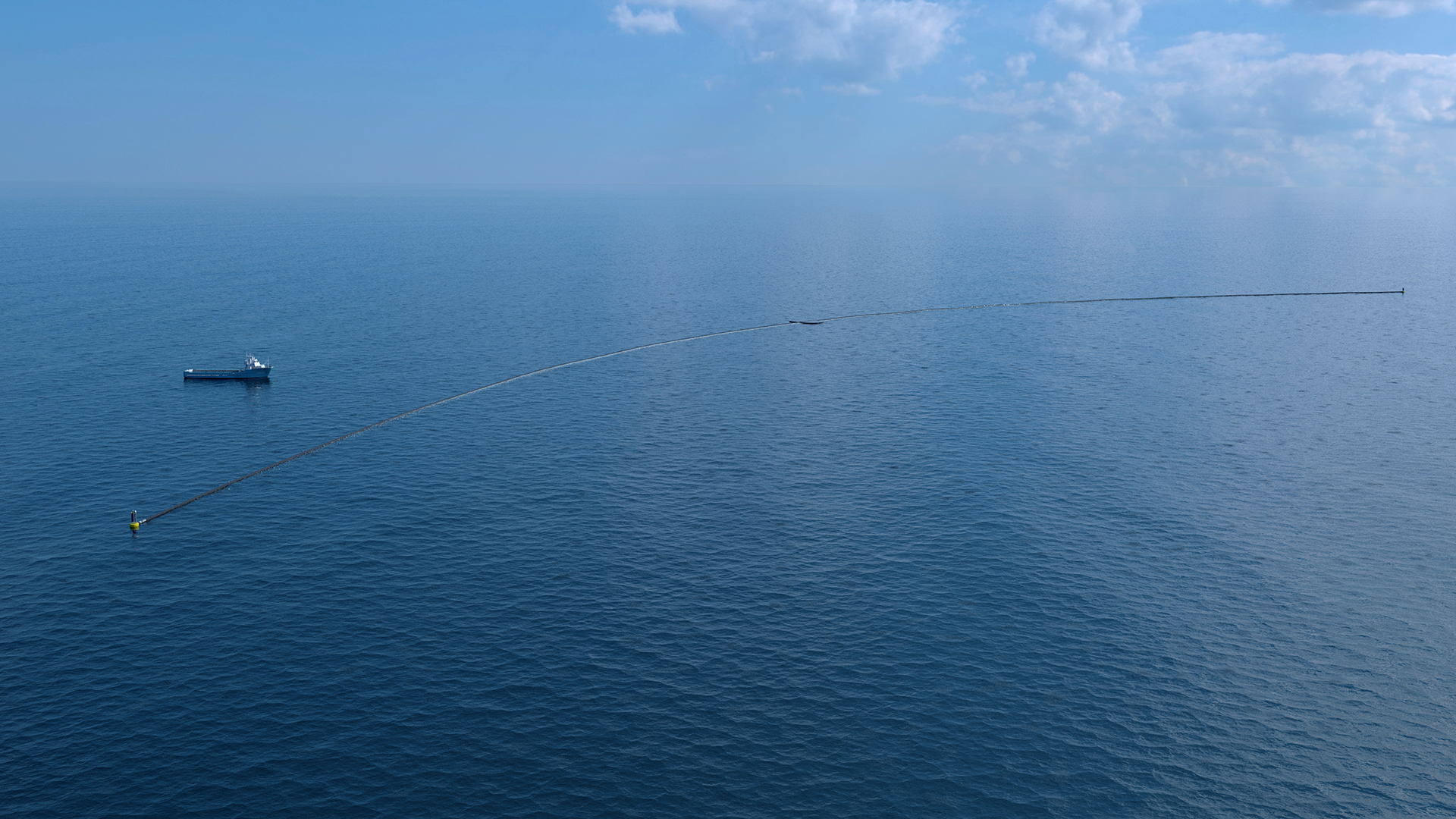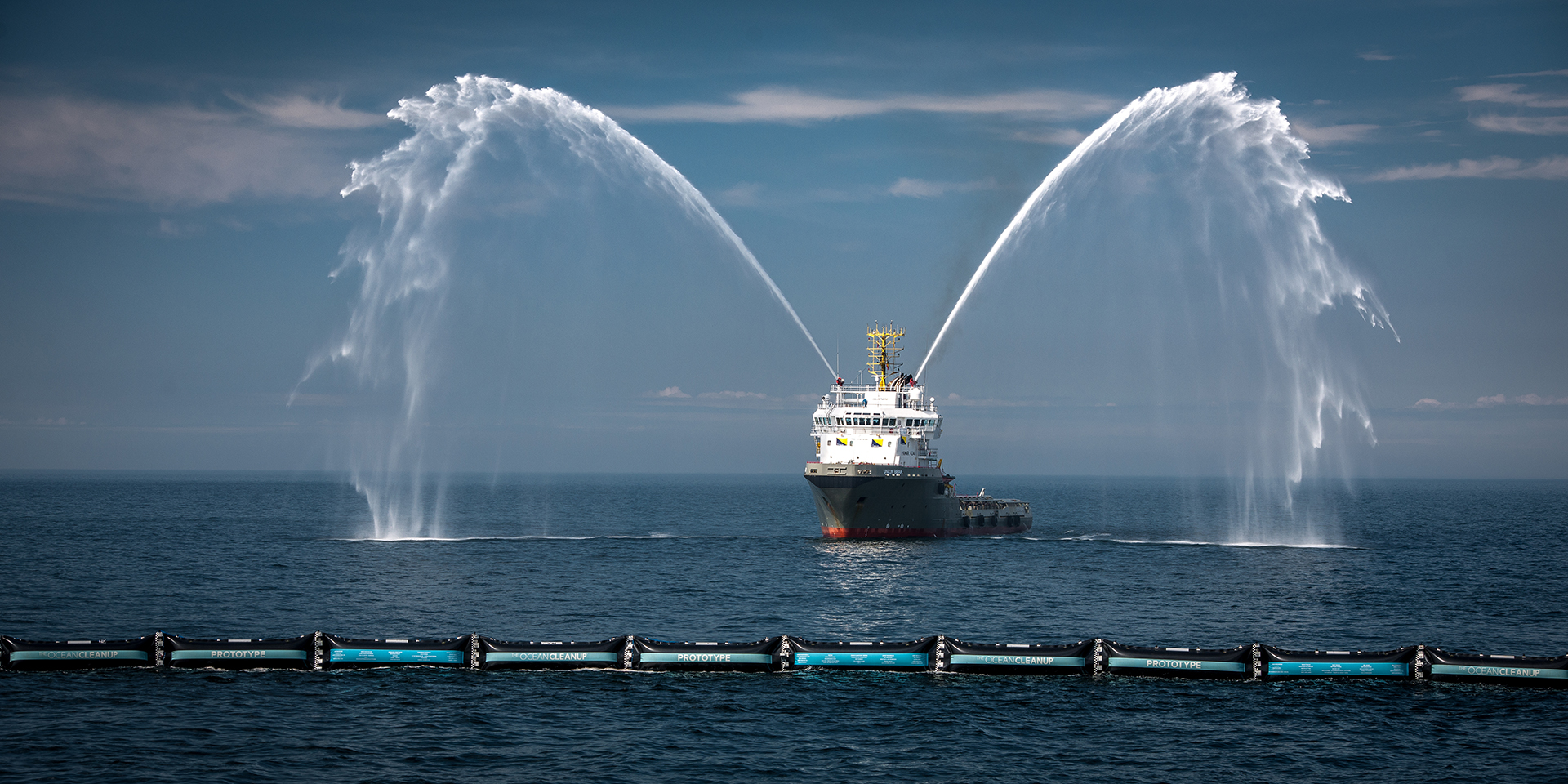The 22 year old Boyan Slat is determined to do the impossible – clean up the ocean by providing an ingenious solution that will restore its health.

Boyan Slat, Founder & CEO, The Ocean Cleanup Project
In the past decades, millions of tons of plastic have entered the oceans, damaging ecosystems and entering food chains.
“I first became aware of the plastic pollution problem when diving in Greece, coming across more plastic bags than fish. Unfortunately, the plastic does not go away by itself. Hence I wondered; Why can’t we clean this up?” says Boyan Slat.
He then went on to establish ‘The Ocean Cleanup’ four years ago. The foundation is aimed at driving the largest cleanup in history through the large-scale, efficient and environmentally-sound removal of plastic pollution from aquatic ecosystems.

The Ocean Cleanup Announces Pacific Cleanup to Start in 2018
Problem
The oceans have seen a humongous increase in human-created waste, also known as “marine debris”, that is accidentally or deliberately released into the waters. Plastic and garbage dumping, container spillages, litter washed into storm drains and waterways and wind-blown landfill waste all contribute to this problem.

Plastic debris (detergent bottle) in the Great Pacific Garbage Patch.
So far, the cleanup of the ocean seemed like a gargantuan problem that needed literally, a thousand years and billions of dollars. Even worse, the resultant pollution caused by ‘cleaning’ vessels would negate any impact the cleaning would have.

A selection of large objects observed in the Great Pacific Garbage Patch during the Aerial Expedition
The Checkup
Tackling this seemingly impossible issue, The Ocean Cleanup, lead by Boyan Slat, is taking the lead and developing advanced technologies to rid the oceans of plastic. In preparation for full-scale deployment, it was important to map the plastic pollution problem in the Great Pacific Garbage Patch with unprecedented detail.
In order to understand the gravity of the situation, determine the nature and amount of debris, and to design a cleanup solution, Boyan along with launched a Mega Expedition, a fleet of about 30 vessels crossed the patch simultaneously, to accurately determine how much plastic is floating in the Great Pacific Garbage Patch.
This was the first time large pieces of plastic, such as Ghost nets (fishing nets left or lost by fishermen in the ocean) and Japanese tsunami debris, have been quantified among
dumped plastic waste and Nurdles, also known as plastic pellets. The Ghost nets present a real nightmare for sea life as it is many meters in diameter, and are notorious for ensnaring sea life and ship propellers.

A seaturtle caught in a ghost net (Source)

Ghost nets recovered with R/V Ocean Starr, the Mega Expedition mothership.
To accurately quantify those and other very large debris, a much larger area must be covered, which lead to the launch of the Aerial Expedition – a series of low-speed, low-altitude flights across the Great Pacific Garbage Patch, the plastic accumulation zone between Hawaii and California.
Using a modified C-130 Hercules aircraft, expert spotters, and an experimental array of plastic scanning equipment such as LIDAR and Multispectral camera technology, the expedition discovered more debris than what is expected to be found in the heart of the accumulation zone.

Ocean Force One’s arrival at Moffett Airfield in Mountain View, California
“I’ve studied plastic in all the world’s oceans, but never seen any area as polluted as the Great Pacific Garbage Patch,” said Dr. Julia Reisser, Lead Oceanographer at The Ocean Cleanup. “With every trawl we completed, thousands of miles from land, we just found lots and lots of plastic.”
But that’s not all. The older plastic gets, it becomes more brittle and breaks down into shards, and gets ingested by sea creatures. The debris in the dish (as seen in the picture below) was found in the stomach of a dead sea turtle that was found in Uruguay.

Debris from the stomach of a dead sea turtle from Uruguay
“The vast majority of the plastic in the garbage patch is currently locked up in large pieces of debris, but UV light is breaking it down into much more dangerous microplastics, vastly increasing the amount of microplastics over the next few decades if we don’t clean it up. It really is a ticking time bomb.” says Slat.
The Cleanup
The Ocean Cleanup is developing a network of long floating barriers that act like an artificial coastline, enabling the natural ocean currents to concentrate the plastic. The foundation is also designing processes to turn recovered ocean plastic into valuable raw materials.
Slat’s concept uses the natural ocean currents and winds to passively transport plastic towards a collection platform. Instead of using nets and vessels to remove the plastic from the water, solid floating barriers are used to make entanglement of sea life impossible. As per the initial system, its deployment for ten years would help remove 42% of the plastic within the Great Pacific Garbage Patch.

Tow-out North Sea Prototype June 23, 2016
But the team has advanced its design through a series of rapid iteration scaling-up tests, followed by a 100-meter prototype, that was deployed on the North Sea in June 2016.
The increased efficiency of the system allows for the cleanup of 50% of the Great Pacific Garbage Patch in just 5 years.
The main idea behind The Ocean Cleanup is to let the ocean currents do the work. An installation of U-shaped screens channels floating plastic to a central point. The concentrated plastic can then be extracted and shipped to shore for recycling into durable products.
The improvements announced today involve the introduction of a mobile, or drifting system. Rather than fixing the floating screens to the seabed at great depths, The Ocean Cleanup will apply sea anchors to ensure the floating screens move slower than the plastic. Rather than one massive barrier, the improved, modular cleanup system consists of a fleet of screens.
“I wondered; why move through the oceans, if the oceans can move through you? By attaching a system of long floating arms to the seabed, the oceans could basically clean themselves.”

The Ocean Cleanup computer rendering, system with support vessel. Credits: Erwin Zwart / The Ocean Cleanup
System tests off the American west coast will start by the end of 2017.

Water salute. North Sea Prototype fully installed, June 23, 2016
The first deployment in the Great Pacific Garbage Patch is scheduled to take place in the first half of 2018.
Watch this inspiring video of Boyan Slat expounding upon the need for ocean cleanup and the vision on The Ocean Cleanup Foundation, the technology and idea behind the simply ingenious solution.
Follow us on social media for some awesome updates on Art, Culture and Causes.
Love it? Share it. Spread it forward.
- Click to share on X (Opens in new window) X
- Click to share on Facebook (Opens in new window) Facebook
- Click to share on Reddit (Opens in new window) Reddit
- Click to share on Tumblr (Opens in new window) Tumblr
- Click to share on Pinterest (Opens in new window) Pinterest
- Click to share on WhatsApp (Opens in new window) WhatsApp
